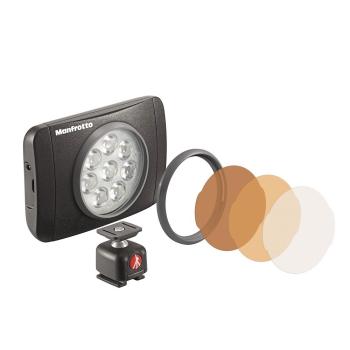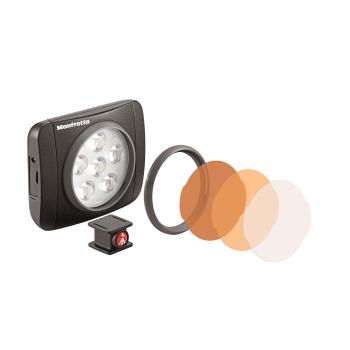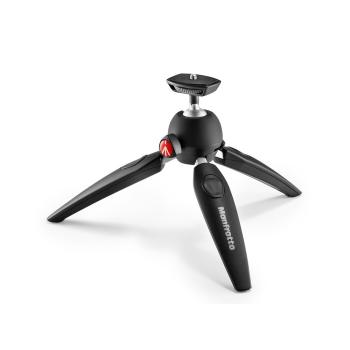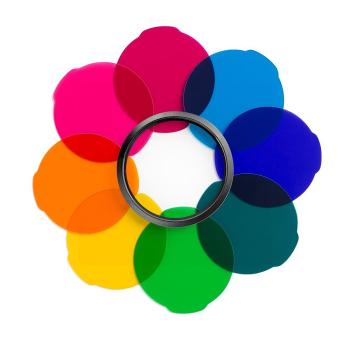
Manfrotto
LUMIMUSE серия

Ross Hoddinott
Can I be completely honest with you? I’ve never been a fan of artificial light – and if you’ve ever read my books or articles, you will already know this. I love the quality and authenticity of natural light, which is why I rarely use flash when capturing my intimate close-ups of insects and flowers. Yes, I might occasionally use a small Lastolite light reflector to bounce and balance the light, but I rarely resort to a burst of flash. In fact, my fancy twin-flash system sits boxed, gathering dust, on a shelf in my office. I genuinely thought my attitude to using artificial light for close-ups would never alter, but then a few months ago I began using a small lighting accessory that has revolutionized the way I light my subjects.
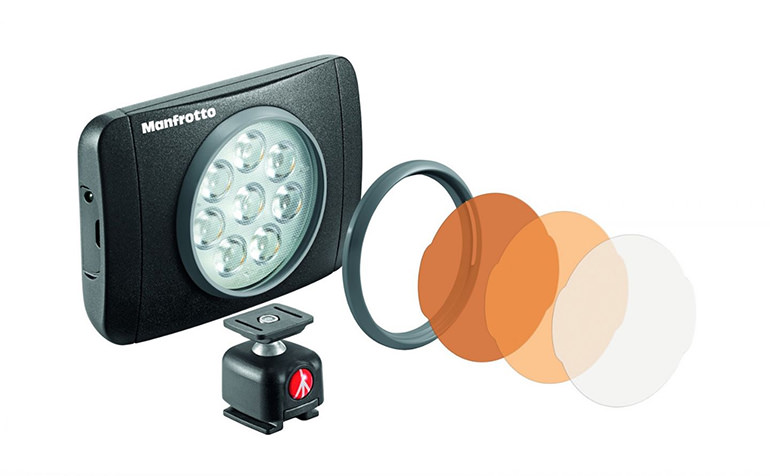
What do you do when natural light is insufficient?
As much as I’ve always preferred natural lighting, it has limitations. I found this small pearl-bordered fritillary butterfly early one overcast morning. Due to the conditions, my original shots looked dull and lifeless. Therefore, I hand held a LUMIMUSE 8 just above and behind the butterfly to create the effect of backlighting. Using the LED transforms the shot. Despite using artificial light, the result looks completely natural – wouldn’t you agree?
While I love sunlight, I’ve always been aware that relying on natural light alone has its limitations. Personally, I shoot all of my close-ups in situ, outdoors. But at higher magnifications, depth of field and light grow progressively more restricted. On bright sunny days, natural light will normally provide a sufficient level of light to allow the selection of a smaller aperture (if required) to generate a sufficiently large zone of focus to keep your subject acceptably sharp, or a workably fast shutter speed to eliminate subject or camera movement. However, what do you do when natural light is insufficient? Thanks to the excellent high ISO performance of modern cameras, one option is increasing ISO speed to compensate. While this is something I do, using higher ISOs naturally has a knock-on effect to image quality and the resulting noise can obscure fine, miniature detail. Results can also look flat, dull or lifeless without a touch of direct modeling light – after all, light is often the key ingredient in successful and creative photography. However, I’ve always shunned flash. When working in such close proximity to the subject, flash needs to be heavily diffused to retain a natural look, while units can be unwieldy, costly and time consuming to set-up and sync. You can’t preview the result or look of flash before you trigger the shutter, either. LED lighting now provides an alternative in certain situations.
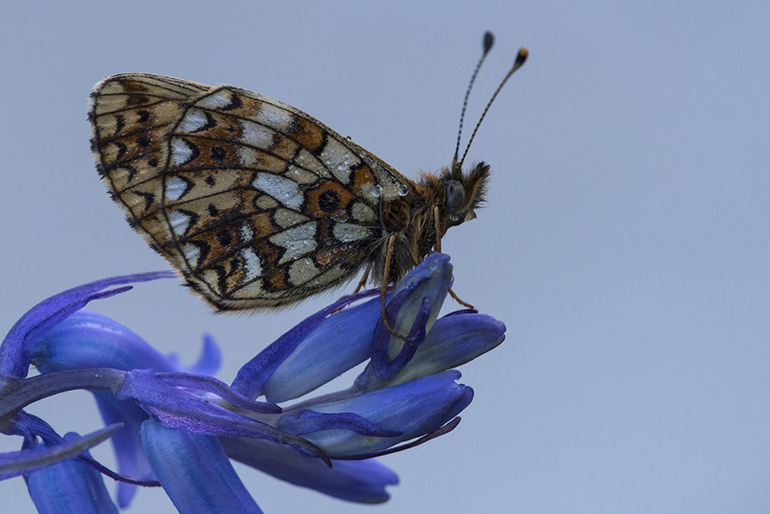
One of the biggest appeals of using a continuous light source like the LUMIMUSE devices is that you can preview and regulate their effect prior to triggering the shutter.
Earlier this year, Manfrotto kindly sent me their LUMIMUSE 3, 6 and 8 devices to try. These form part of Manfrotto’s (relatively) new LED lineup, dedicated to photographers and videographers. They have an extensive range of devices, varying quite widely in power, size and price, yet they all share a slim, elegant and lightweight design. Primarily, Manfrotto’s LED lighting range is aimed at portrait photographers. They say their devices boast excellent colour rendition to ensure skin tone is recorded faithfully and lifelike. I’m sure they do, but I’m not a portrait photography – in fact, I rarely even photograph my own kids! I’m sure they are great devices for portraiture, though, being unobtrusive, easily diffused and ideal for adding a catch-light and life to a model’s eyes. However, I soon recognized that these devices could equally suit my needs as a nature and close-up photographer.
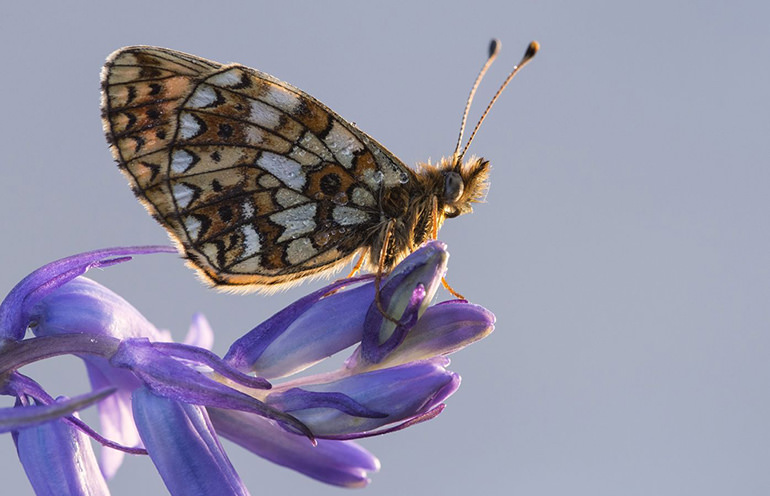
Using portable LED lights in close-ups
LEDs have several appeals. Firstly, LEDs are very compact and lightweight. For example, the LUMIMUSE 8 (with 8 LED lights) weighs just 175g and is roughly 6cm high, 9cm wide and 3cm deep. The LUMIMUSE 3 (3 LED lights) and LUMIMUSE 6 (6 LED lights) are even smaller and lighter. They are brilliantly portable and compact; you can keep them in your camera bag at all times without even noticing they are there. It is not just their size that is appealing. Ease of use is another key thing. They do not need to be attached or synced in any way to your camera – using them couldn’t be easier. By providing continuous light, you can regulate and preview the effect of LED illumination before you trigger the shutter – something you are unable to do with flash. The devices I used have four dimming steps, so you can quickly increase or decrease light output – this is done via a button on the side of the device, which you press to cycle through the steps. Like a reflector, you can also simply increase or decrease the light’s intensity by moving the device closer or further away from your subject. However, while a reflector will only work effectively when held in certain positions relating to the sun, with an LED you can illuminate your subject from any direction at any time; so their practical and creative usefulness for lighting small objects is pretty much unrestricted.
I will often hand hold my LED device in the position required. However, if I don’t have a hand free, I rely on a PIXI EVO mini tripod to keep the device in a fixed position.
The LUMIMUSE range is supplied with a detachable ball head, hot-shoe attachment, which also boasts a standard 1/4inch tripod thread. As a result, you can either attach the LED to the camera’s hot-shoe or attach it directly to a tripod for off-camera use. Both are handy options and this type of refinement helps underline just why it is better to buy a device designed and dedicated to photography, rather than try to make do with a standard, everyday LED light or torch. So far, I’ve found I rarely use an LED mounted on the hot-shoe, unless I just want to give my subject a subtle kiss of front light. Instead, I can be far more creative by positioning the LED to one side or behind the subject and carefully fine-tuning its direction and intensity. Assuming my camera is set-up on a tripod and I have a hand free, I tend to manually hold the LED in place. This way, I can move the device about freely, all around the subject, and instantly see the effect I am able to achieve. I can quickly replicate front or side lighting or use it to relieve ugly dark shadow areas forming on my subject due to the sun’s position.
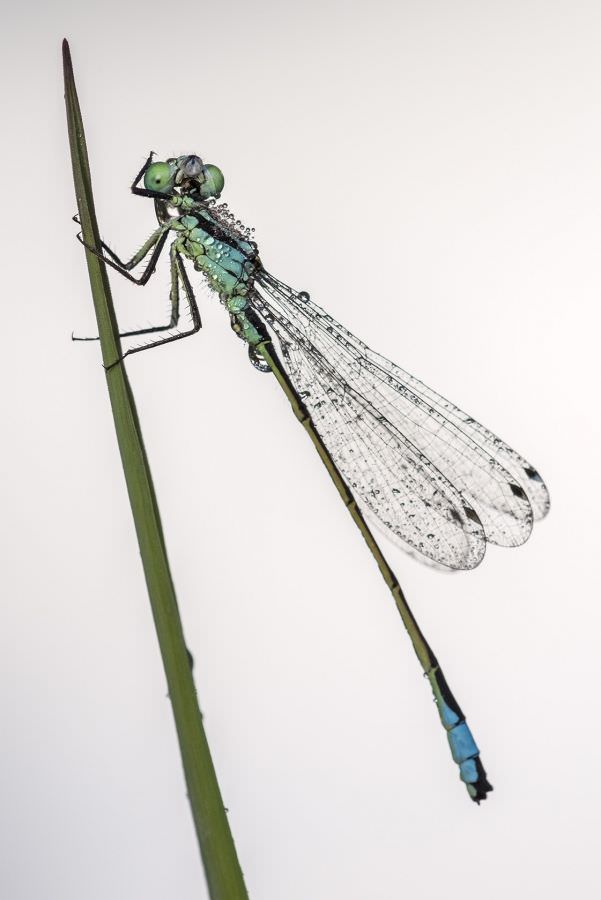
Of course, it is not always practical to handhold an LED in position. One solution is to attach the LED to a tripod and position it accordingly. I don’t want to lug about a second set of legs with me, so I keep a mini tripod in my backpack, as they are small and lightweight. I’ve been using Manfrotto’s 2 Section PIXI EVO mini tripod, which weighs 260g and is 20cm tall. Although short, when I’m shooting at ground level – which I’m often doing when photographing bugs and flowers – it does the job nicely, holding my LED carefully in place. You can angle the device precisely into position thanks to its mini ball head.
The quality of the LED’s light is surprisingly natural and you can diffuse or colour the light as desired, using snap on filters. They have dimming steps so you can alter the light’s intensity, to ensure natural looking results.]
Backlighting and close-ups: how can portable LED lights help?
When shooting close-ups of butterflies and wild flowers, I particularly like the effect of backlighting. Backlighting tends to highlight shape, form and miniature detail. Unfortunately, subjects are rarely in a position where you can achieve it naturally. However, by holding an LED just above or below the subject from behind – with the device just out of frame – photographers are able to successfully mimic the effect. I’ve found doing this is best achieved in overcast or low light, when the LED’s output can’t be overwhelmed by ambient light and its effect appears more pronounced. Being such a longstanding advocate of using natural light, I’m actually quite amazed at how authentic the light looks. The LUMIMUSE have a colour temperature of 5600k – roughly equivalent to daylight – but this can be altered using the supplied snap-fit mount filter kit. This allows you to diffuse or colour the light to help it appear more faithful or for creativity. I’ve found the light orange/warming-up gels useful for adding natural looking warmth to light. The LUMIMUSE’s come supplied with a couple of filters, but you can also buy separate accessory filter kits – there is a currently a Classic, Portrait and MultiColour filter kit, each containing a range of 8 different filters.

Portable LED lights for close-ups photography
So what is left to say about these handy little lighting devices? Well, you can combine LED’s if you wish to illuminate your subject evenly – something that is possibly more appealing to studio or still-life photographers, than it would be to outdoor photographers. If you are shooting indoors, you can have a more refined set-up, fixing two or even three LED’s in position if required. The LED’s I’ve been using provide consistent flicker-free light and have a battery life in the region of an hour, which I’ve found to be more than sufficient for a typical shoot. The small LUMIMUSE devices I’ve been using are powered by built-in Lithium batteries, which are rechargeable via a mini USB – cable supplied. If you need more light, for larger subjects, Manfrotto have bigger Lykos range.
So am I a convert to using artificial light? Well, I guess I am. Since I started using them in early May, the LUMIMUSE 6 and 8 have both been a permanent fixture in my camera backpack. They have given me more options and allowed me to achieve beautifully lit results, even when the sun has been hiding behind cloud. Thanks to their functionality, size, ease of use, versatility and reliability, they are proving to be a valuable asset and creative tool. They appear to be the perfect portable lighting system for a range of subjects. They’ve changed my attitude to artificial light and from now on I’ll be relying on them, whenever required, to bring my close-ups alive.
Give them a go and see for yourself…
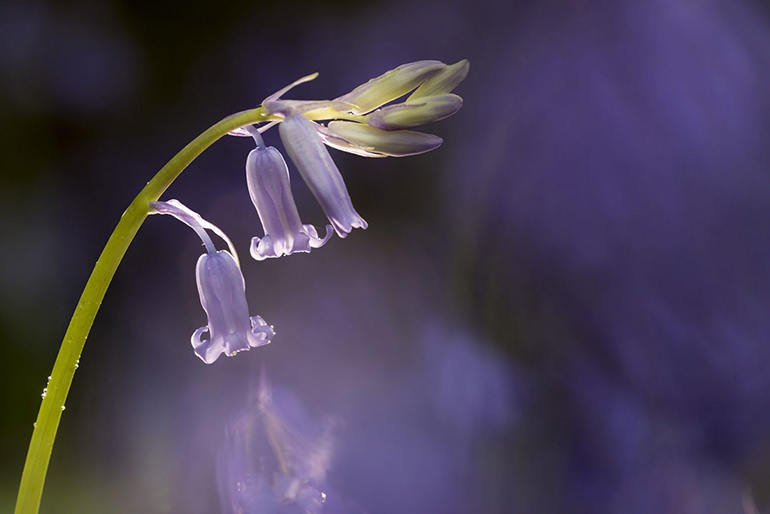
This image was taken in really quite dark, dull conditions. I positioned a LUMIMUSE 8 behind the subject using my PIXI EVO mini tripod, and thanks to its ball head was able to angle the device’s up toward the butterfly and flowers to create the impression of natural backlighting.
Copyright: text and images Ross Hoddinott





























